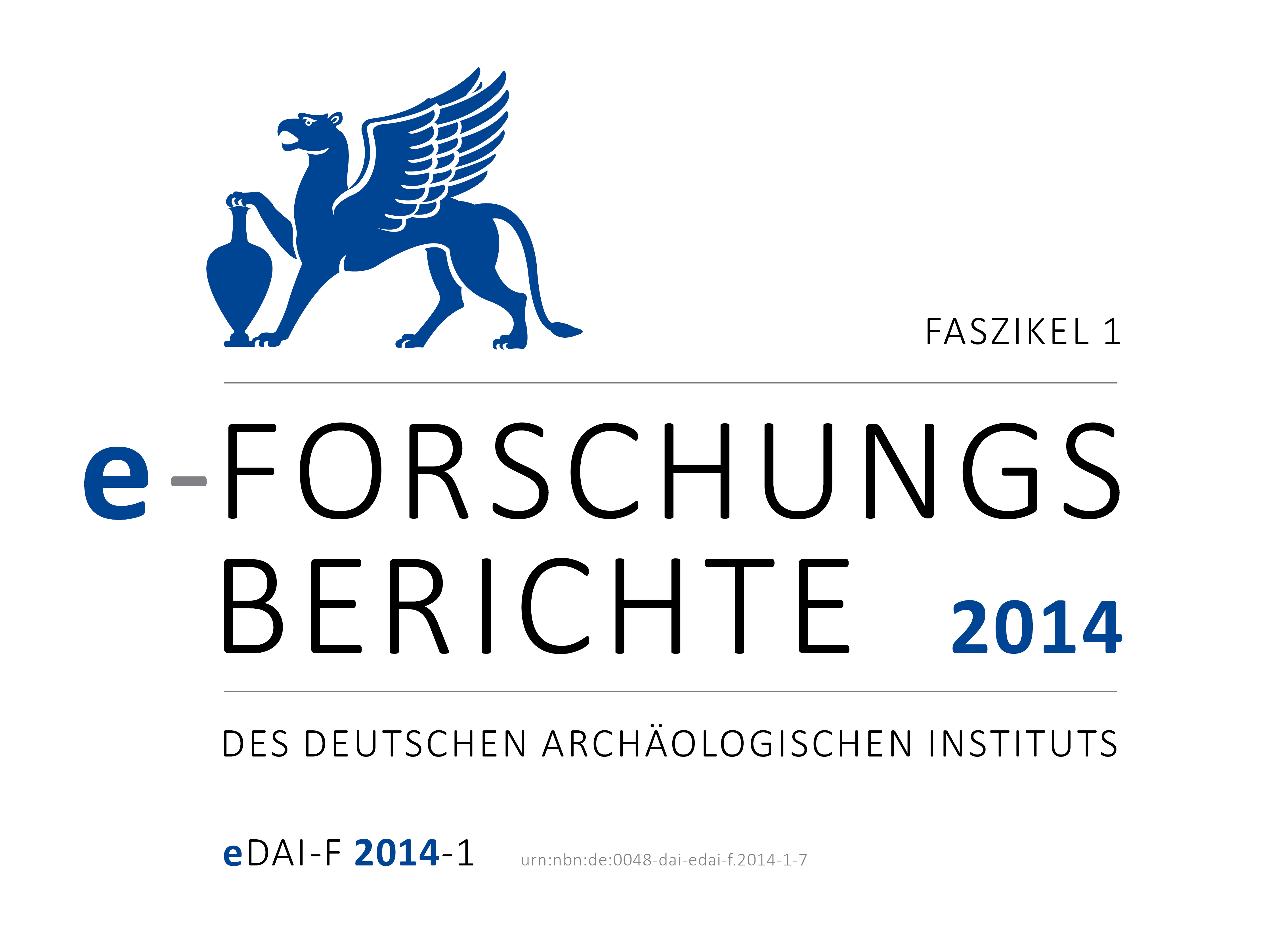Kaukasus. Subsistenzwirtschaft und Umweltnutzung in Siedlungen des 6. Jt. v. Chr.
https://doi.org/10.34780/9h7f-rnaa
Abstract
Bio-archaeological studies on animal and plant remains from Neolithic sites in the Southern Caucasus region dating to the 6th millennium BC could prove that the cultivation of crops (wheat, barley, lentil) and breeding of domestic animals like cattle, sheep, goats and pigs provided a sufficient and stable subsistence basis for the settlement’s inhabitants. Wild plants and wild animals were used only in a low extent for subsistence purposes. First aDNA studies show a high variability in mitochondrial haplotypes in sheep and pigs that might be indicative for a close proximity to the areas of primary domestication in Upper Mesopotamia. There is no evidence of local domestication for none of the domestic animals, i.e. livestock animals were introduced to the Southern Caucasus in the course of neolithization.Downloads
Veröffentlicht
2023-05-25
Ausgabe
Rubrik
Artikel
Bibliographische Daten & Rezensionen
Zitationsvorschlag
Benecke, N. and Neef, R. (2023) “ Chr”., e-Forschungsberichte des DAI, 1, pp. 78–83. doi:10.34780/9h7f-rnaa.





